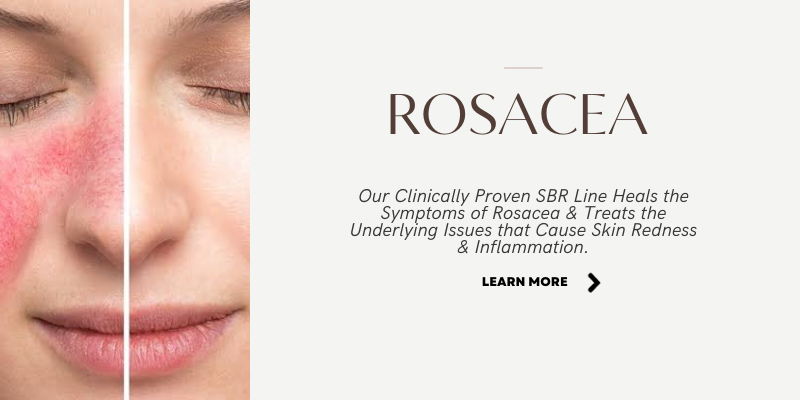If you are already well versed in, and utilizing a clean beauty regimen, chances are you are using both active botanicals and essential oils in a variety of forms. It might be in the form of an infusion of a drop of chamomile or lemongrass oil in your morning tea, or perhaps a handful of coconut oil massaged onto your scalp for well-conditioned hair – but what are these, and which ones are the best for your skin and hair? Let’s explore in this blog:
Essential oils or Botanicals?
There are about 150 botanicals known for their medicinal and therapeutic properties.. and many of these plants such as St. John’s Wort, Rose, Jasmine, Comfrey, Peppermint, Sage, Neem, Horsertail, Nettle, and several others that can be applied topically. These plant-based ingredients have been used for thousands of years to heal and repair damaged skin and hair without side effects.
With the renewed interest in the practice of Ayurveda and a clean beauty regimen, we at Puraveda are using the best of these therapeutic plants in the form of concentrated botanical extracts and in the form of essential oils to formulate the most effective Skin and Hair care.
In its most basic sense, essential oils are more concentrated than botanical extracts.
The Process
Essential oils are obtained by processing parts of a therapeutic plant such as the roots, flowers, and/or leaves using the process of steam distillation for a more uniform concentration in a formula. These concentrates are then diluted with suitaible carrier oils prior to application on the skin or hair.
On the other hand, Botanical Extraction is a process in which parts of a plant are turned into a water soluble compound. The active ingredients are then added to a liquid, and then blended with other botanical extracts/ingredients.
The techniques used to create botanical skin and haircare formulations are – infusion, distillates, and extract.
At Puraveda Organics, we create an infusion from the raw materials such as leaves, flowers, or roots of the plant with water and then heat it for a defined period to sepearte the solid and the liquid. Our scientists then either fractionate the liquid or re-run the infusion process to obtain a concentrated liquid, paste, or extract.
Depending on the type or formulation and its efficiency, we use both botanical extracts and essential oils in their most appropriate scientific ratio that will provide the best results from both worlds.
Why use traditional methods of extraction?
While modern methods like freeze thaw assisted extraction and supercritical extraction methods are available, interestingly enough, the traditional steam distillation, or the infusion process still retains the maximum amount of benefecial properties of the active ingredients.
How do botanical extracts and essential oils work?
Essential oils have a very high concentration of active ingredients like phenols, alcohols, terpenes, flavonoids, and other antioxidant-rich and anti-inflammatory substances that can penetrate deep into the skin, hair, and scalp and provide targeted solutions.
While essential oils can work both at physical and even emotional levels (via aromatherapy), botanical extracts work at multifunctional levels at only the physical level. They are usually lightweight and are readily absorbed into the skin cells to produce their unique benefits at the cellular level.
Different plants and their botanical extracts/essential oils have different benefits. To learn about how these ingredients work, read here.



